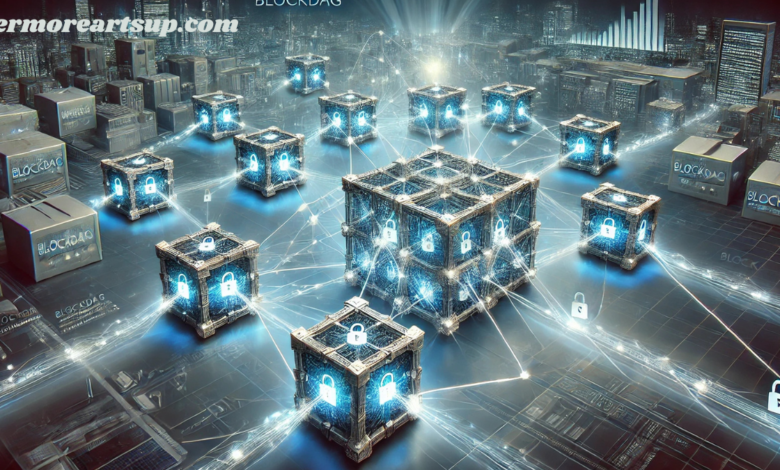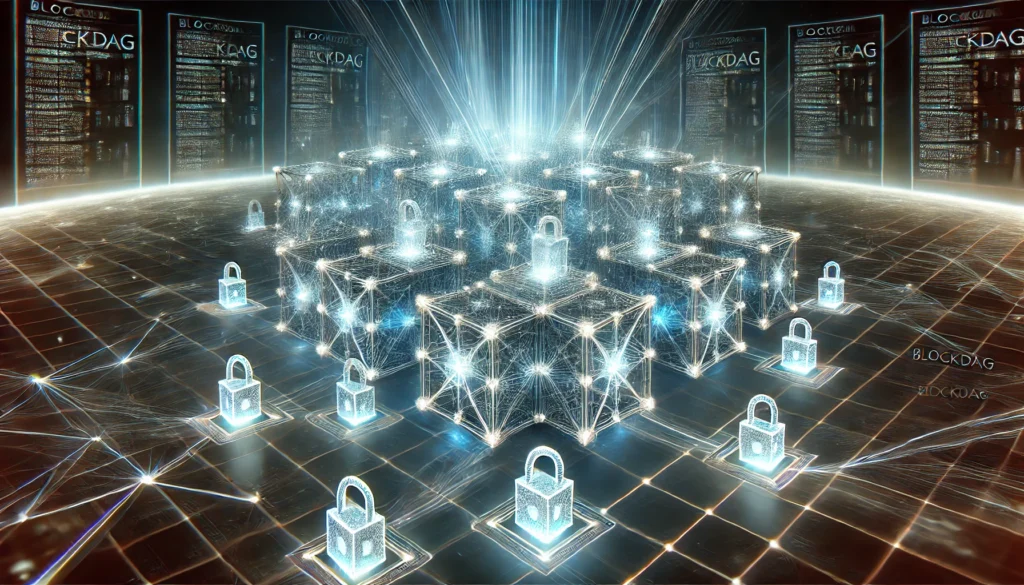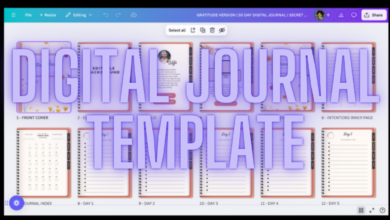Harnessing BlockDAG Pioneering the Next Evolution in Blockchain

In the rapidly evolving world of digital technology, BlockDAG has been a revolutionary leap, driving innovations across various sectors. However, as blockchain technology matures, its limitations have become more apparent, particularly concerning scalability and transaction costs. Enter BlockDAG—a novel architecture that promises to address these issues while opening new avenues for technological advancements. This article delves into the world of BlockDAG, exploring its fundamentals, advantages, applications, and challenges.
What is BlockDAG?
BlockDAG stands for “Block Directed Acyclic Graph,” a structure that enhances the traditional blockchain by allowing multiple blocks to be added to the network simultaneously. Unlike blockchain’s linear chain, where each block is connected to a single predecessor, BlockDAG’s structure resembles a web where each block links to multiple previous blocks. This design was conceptualized to combat the limitations of blockchain, particularly its scalability issues, which affect transaction speed and volume.
The development of BlockDAG is marked by a shift towards a more efficient, scalable, and faster system. It integrates the best aspects of blockchain — decentralization and security — while significantly improving throughput and reducing latency in the network. This evolution is crucial as it makes blockchain technology more viable for industries requiring high transaction volumes, such as financial services and supply chain management.
Key Characteristics of BlockDAG
BlockDAG’s architecture offers several distinctive characteristics. Its ability to process multiple transactions simultaneously drastically reduces the time taken for confirmations, enhancing the network’s throughput. This parallel processing capability significantly upgrades traditional blockchain, which processes transactions sequentially, leading to potential bottlenecks.
Secondly, BlockDAG increases security. By linking each block to multiple predecessors, BlockDAG creates a more complex structure, making it exceedingly difficult for malicious actors to alter any part of the ledger. This interlinked system secures transactions and enhances the network’s overall integrity.
How BlockDAG Works
At its core, BlockDAG employs a more interconnected approach to storing data. Each block in the DAG is connected to several others, forming a non-linear data storage pattern. This method allows for greater flexibility and efficiency in data processing. Visual diagrams of BlockDAG often illustrate a mesh-like network of blocks, showcasing its complex yet efficient topology.
The workings of BlockDAG can be technically intricate, involving advanced algorithms to ensure that all transactions are recorded without conflicts despite the concurrent processing of multiple blocks. This requires sophisticated consensus mechanisms that differ from traditional blockchain methods, such as proof-of-work or proof-of-stake, to validate transactions reliably and securely.
Advantages of BlockDAG
One of BlockDAG’s most significant advantages is its enhanced scalability. As digital transactions grow exponentially, traditional blockchain networks have struggled to keep up due to their inherent design limitations. BlockDAG addresses these issues head-on by allowing more transactions to be processed in parallel. This scalability is vital for blockchain adoption in sectors where transaction volume and speed are critical, such as real-time trading environments or large-scale retail operations.
The increased transaction throughput that BlockDAG offers means that networks can handle more users and transactions without a corresponding increase in costs or delays. This makes it an attractive option for businesses leveraging blockchain technology on a larger scale.
Improved Security Features

Despite its increased complexity, BlockDAG does not compromise on security. The interlinked nature of its blocks enhances the network’s overall security. Each block reinforces the validation of previous blocks, which helps in preventing potential fraud or double-spending attacks.
Moreover, the redundancy built into the BlockDAG structure ensures that even if part of the network were compromised, the integrity and continuity of the ledger would remain intact. This robust security model is crucial for applications in finance and other sectors where security is paramount.
Decreased Transaction Costs
BlockDAG also offers the benefit of lower transaction costs. Traditional blockchain networks like Bitcoin and Ethereum often encounter high transaction fees during peak times, primarily due to the limited number of transactions processed per block. BlockDAG’s ability to process multiple transactions simultaneously speeds up processing times and significantly reduces fees. This reduction in transaction costs could democratize the use of blockchain technology, making it accessible to smaller businesses and individuals who are currently priced out of using high-cost networks.
BlockDAG in Application
The practical applications of BlockDAG are still in the early stages, but several industries are beginning to explore its potential. One of the most notable implementations of BlockDAG is in the cryptocurrency sector, where several new digital currencies are based on this technology to achieve faster transaction speeds and lower fees.
In addition to financial applications, BlockDAG is being explored in supply chain management. Its ability to handle high volumes of transactions could significantly enhance tracking and verification processes across complex networks. This could lead to more transparent, efficient, and secure supply chains, benefiting manufacturing and retail industries.
Future Potential and Upcoming Projects
The future of BlockDAG looks promising, with ongoing research and development aimed at overcoming its current limitations and enhancing its capabilities. As the technology matures, we expect to see more robust applications that could revolutionize fields such as data management, secure communications, and decentralized computing.
Emerging projects also want to integrate artificial intelligence with BlockDAG to create more intelligent, adaptive networks. These innovations could further enhance the efficiency and security of BlockDAG systems, potentially leading to widespread adoption across multiple sectors.
Conclusion
BlockDAG represents a significant step forward in the evolution of blockchain technology. With its enhanced scalability, improved security features, and reduced transaction costs, BlockDAG promises to overcome many challenges hindering broader blockchain adoption. As we continue to explore and develop these systems, the potential for BlockDAG to transform industries worldwide is immense.
You May Also Read: https://livermoreartsup.com/methatreams/




